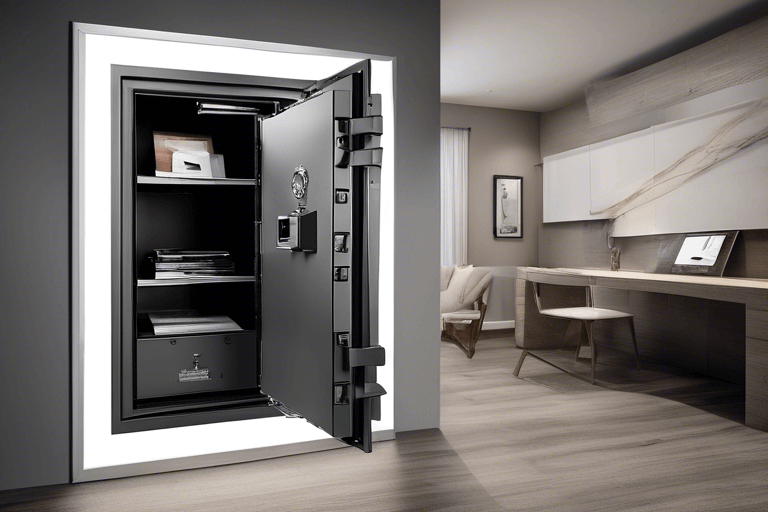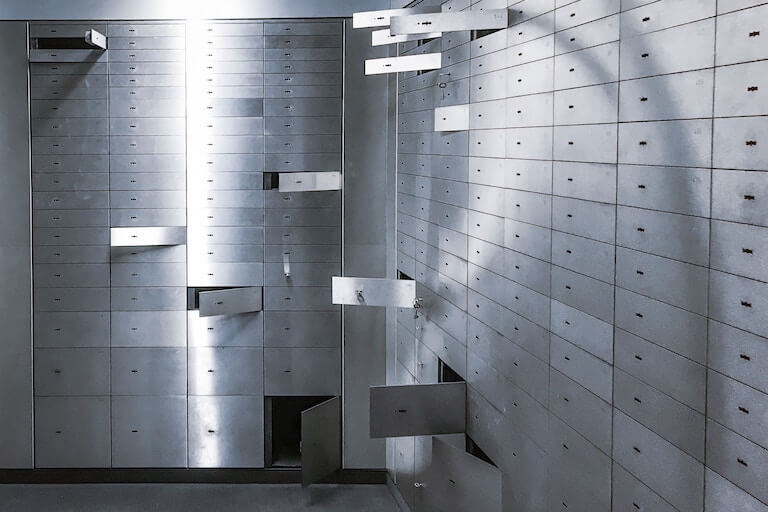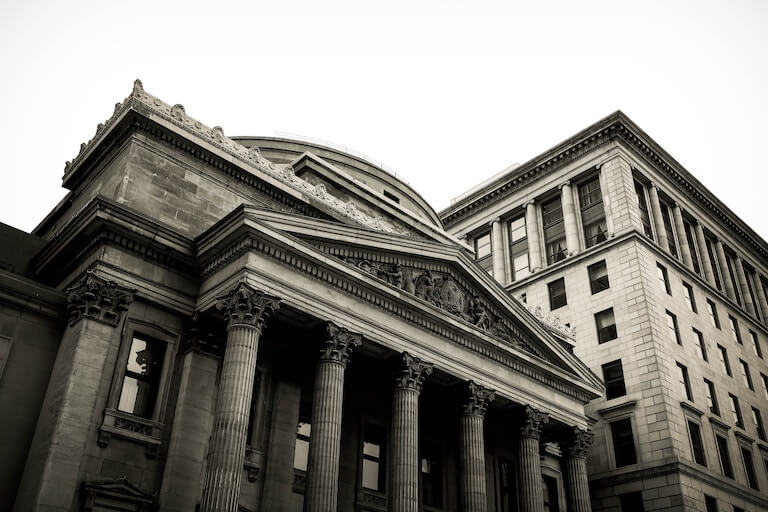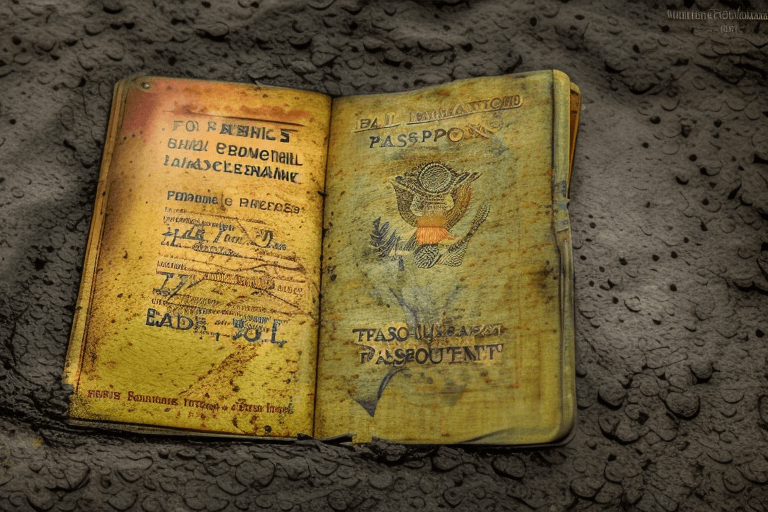
Where to Install a Safe in Your Home
When it comes to securing your valuables, a home safe is a smart investment. But knowing where to put a safe in your house is just as crucial as owning one.
This guide will explore the best locations for your safe, considering factors like security, accessibility, and protection from potential hazards.
Importance of Safe Placement in Your House
The placement of your safe in your home is of paramount importance. It's not just about security; it's about convenience.
When deciding where to put a safe in your house, there are several factors to consider, the most common being accessibility, visibility, and the safe's vulnerability to environmental conditions.
The location you choose for your safe should be easily accessible to you but hard for burglars to find.
The more hidden and inaccessible the safe is to intruders, the more secure your valuables are. However, you don't want it so hidden that it becomes inconvenient to use.
Best Places to Install a Safe in Your House
There is no one-size-fits-all answer to where to put a safe in your house. The ideal location depends on several factors, including the layout of your house, the type of safe you have, and the items you plan to store inside it.
Here are some good (and not-so-good) locations and considerations to keep in mind.
Closet or Home Office
One of the best places to put a home safe, in our opinion, is a low-traffic, hard-to-find part of the house, such as a coat closet or home office. The safe should be out of plain sight and ideally built into the structure of the house.
Avoid placing your safe in the master bedroom as that's typically the first place burglars look for valuables. Likewise, avoid installing your safe in the garage, given its vulnerability to burglary, fire, flooding, and other disasters.
Basement
Concrete is one of the best floors for anchoring a safe, and since it's the type of flooring you'll commonly find in most basements, these can make for a suitable safe location. When properly anchored in concrete, it's incredibly challenging for a thief to tip the safe over and pry it open.
However, basements tend to be damp, which could cause corrosion to the safe's exterior and moisture damage to the items inside.
If you choose to install your safe in the basement, consider running a dehumidifier inside the safe and monitor the humidity levels with a hygrometer.
Second-floor Room
Installing a safe on the second floor of your home can be good idea, especially for quick access during the night. But be sure to seriously consider the weight of your safe and the items it will contain.
A sturdy safe can weigh over 1,000 pounds, which could potentially damage your second-story floor.
If you prefer a second-floor location, ensure the floor and ceiling below it are structurally sound enough to support the safe's weight, including it's contents.
Garage
A garage might seem like a convenient place for your safe, especially a gun safe if you frequently work on or clean your guns there.
However, most garages are not climate-controlled, exposing your valuables to extreme heat or cold. Having a safe in your garage also makes it an easier target for thieves.
What About Fireproof Safes?
For optimal fire resistance of your belongings, a safes location can be just as important as it's fire rating.
We suggest an interior closet or room that is not adjacent to exterior walls or windows. The ground floor (or basement) is most ideal as the safe will not fall through a collapsed floor in the event of a fire.
The basement can be a good location for fireproof safes but if you're in an area prone to flooding, consider potential water damage. Some fireproof safes are also waterproof, but placing them off the floor on a raised platform can provide extra protection.
Avoid the kitchen or garage as these areas are more prone to fires. It’s better to install the safe in a location that is relatively distant from such high-risk zones.
Preparations for Installing a Safe in Your House
Before installing your safe, you'll need a few simple tools—a socket set, drill, drill bits, screwdrivers, and a marker pen. Depending on the type of flooring you plan to fix your safe to, additional tools may be required.
Safe Installation on Concrete Floors
To install a safe on a concrete floor, position the safe into place and open the door. Mark the pre-drilled holes in the base on the floor. Then, drill into the concrete at the marked spots.
Once the holes are drilled, place the raw plugs from the fixing kit into them, position the safe atop the plugs, and secure it by screwing the bolts into the interior pilot holes.
Safe Installation on Wooden Floors
If you're installing your safe on a wooden floor, you'll need to find a space where a floor joist is present because floorboards alone aren't strong enough to support a heavy safe. You may also want to use a strong adhesive, along with the bolts, to secure the safe. It's usually best to consult a professional before attempting this, especially for safes over 100 pounds.
We generally suggest avoiding wooden surfaces for safe installation as they're easier to pry out of place. However, it can be done.
Additional Precautions for Safe Installation
To enhance the security of your safe, always fix it to a sturdy part of the building, like a concrete floor, part of the foundation, or an external wall.
Ideally, ensure the safe is concealed from plain sight, using things like custom cabinets, large furniture, or wall hangings.
Remember, if a safe can be easily delivered, it can likewise be easily removed. The more difficult you make it for a burglar to remove the safe, the more likely they are to give up, as they aim to spend as little time in your home as possible.
In Summary
Choosing where to put a safe in your house involves a balance between security, accessibility, and protection from potential damages. By considering the tips in this guide, you'll be well on your way to finding the best place to put a safe in your home, ensuring your valuables are secure and protected.



